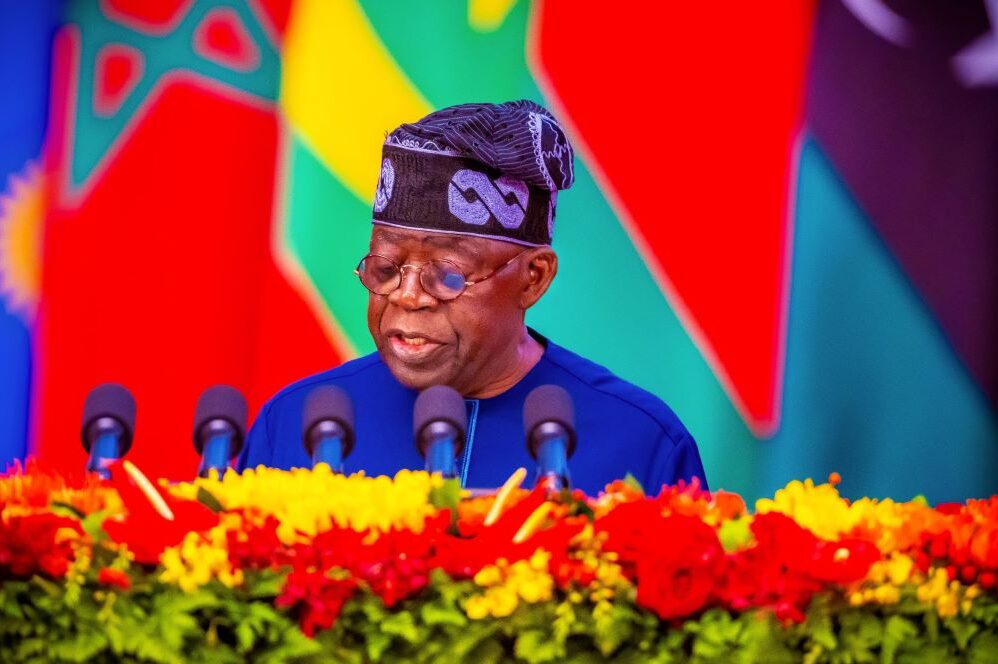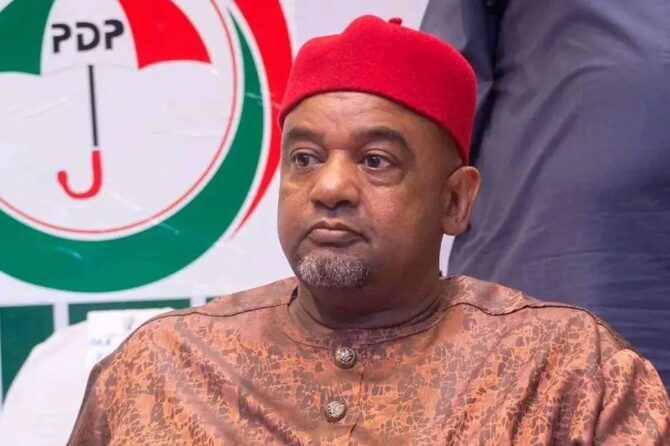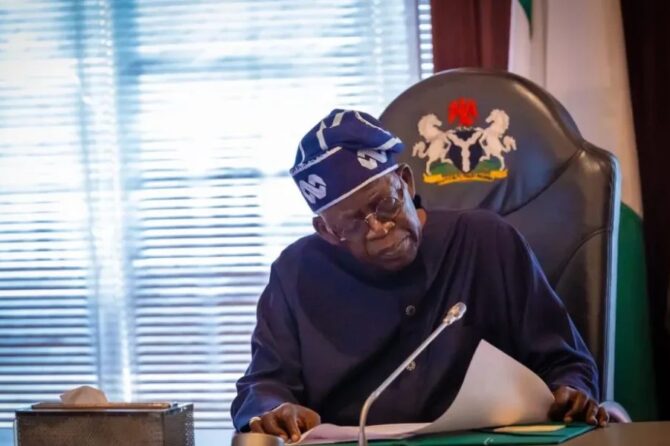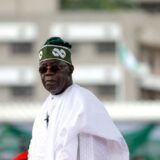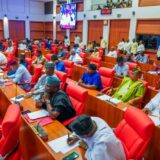Policy Targets Energy Diversification, Grid Stability, and Sector Reform Over 21 Years
President Bola Tinubu’s approval of the National Integrated Electricity Policy (NIEP) marks a major turning point for Nigeria’s power sector, setting a $122.2 billion investment target between 2024 and 2045 to transform electricity supply, diversify energy sources, and drive national development.
Key Goals and Investment Breakdown
- Diversification Beyond Gas and Hydro:
The NIEP aims to shift Nigeria’s energy mix from its current reliance on hydropower and gas-fired plants (which make up about 80% of on-grid supply) by incorporating hydrogen, solar photovoltaic, wind, biomass, nuclear, concentrated solar power, and advanced gas projects with carbon capture and storage. - Massive Investment Timeline:
The $122.2 billion investment will be spread over 21 years, ramping up from $2 billion annually by 2030 to as much as $15 billion per year by 2045. The largest share will go to solar photovoltaic ($56 billion), followed by hydro ($39 billion), natural gas ($16 billion), carbon capture ($6 billion), and energy storage ($3 billion). - Transmission Upgrades:
$192 million will be spent over the next five years (2024–2028) to boost the national transmission network, addressing outdated equipment and high technical losses of 7–9%. - Ambitious Capacity Targets:
The plan aims to raise installed electricity capacity from 11 GW in 2024 to 194 GW by 2045, with 83 GW from renewables and 111 GW (including storage).
Implementation and Policy Framework
- Comprehensive Roadmap:
The NIEP replaces the outdated 2001 National Electric Power Policy, providing a new strategic framework for generation, transmission, distribution, renewable integration, energy efficiency, and sector governance. - Legal Backing:
The policy fulfills Section 3(3) of the revised Electricity Act 2023, which requires a national policy and implementation plan to be gazetted within a year of the law’s commencement. - Stakeholder Collaboration:
The NIEP was developed through extensive input from public and private sector actors, civil society, academia, development partners, and consumer advocates, ensuring broad buy-in and practical solutions.
Addressing Sector Challenges
The roadmap is designed to tackle deep-rooted issues such as infrastructure deficits, lack of investment, regulatory bottlenecks, and market monopolies. It also encourages the growth of state electricity markets and decentralized, coordinated energy planning, giving states a bigger role in power management.
Outlook
With implementation already underway, the government expects the policy’s impact to soon be visible across the sector. The NIEP is expected to boost investor confidence, improve service quality, and support Nigeria’s goal of universal electrification and economic growth.
“This National Integrated Electricity Policy and Strategic Implementation Plan is a comprehensive roadmap developed to guide all stakeholders-federal and state governments, market participants, investors, and indeed all Nigerians-through this transition,” said Minister of Power, Adebayo Adelabu.
In summary: The $122 billion NIEP is Nigeria’s most ambitious power sector reform yet, targeting a modern, diversified, and resilient electricity industry to meet future demands and drive national development.


